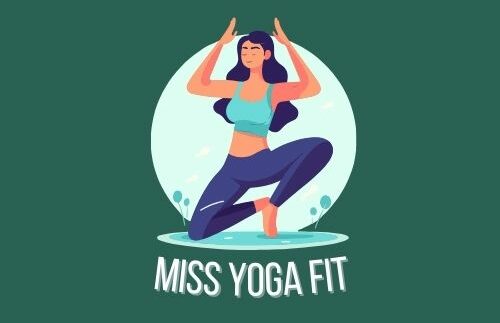If you are interested in yoga, you may have heard about the Iyengar Yoga style. But what exactly what is Iyenger yoga? And what sets it apart from other yoga practices?
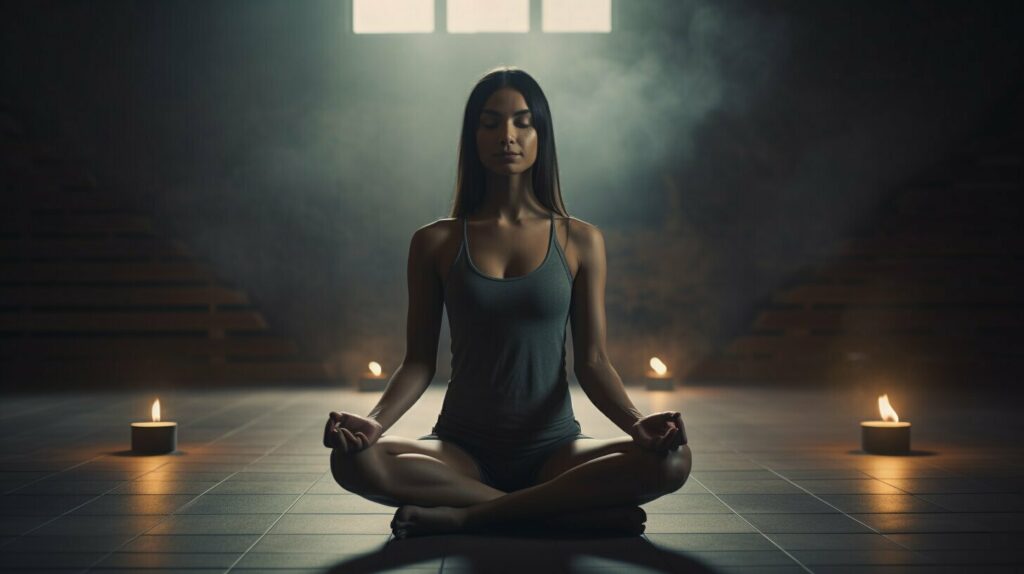
What is Iyengar Yoga
The Iyenger Yoga style is named after its founder, B.K.S. Iyengar, who developed this style in the 1970s. It is a form of Hatha yoga that emphasizes precision and alignment in every posture. In Iyengar Yoga, the focus is on performing each pose with proper form, even if it means using props to assist in achieving the correct alignment.
The use of props, such as blocks, straps, and blankets, is one of the hallmarks of Iyenger Yoga. These props are used to help practitioners achieve proper alignment and deepen their practice, making it accessible to people of all ages and abilities.
Iyenger Yoga is known for its attention to detail and emphasis on proper technique. Practitioners are encouraged to hold poses for longer periods to increase endurance and build strength. This focus on precision and technique creates a deeper understanding of each posture and its benefits.
Key Takeaways:
- Iyenger Yoga is a form of Hatha yoga that emphasizes precision and alignment.
- The use of props, such as blocks, straps, and blankets, is a hallmark of Iyenger Yoga.
- Practitioners focus on proper technique and holding poses for longer periods to increase endurance and build strength.
Table of Contents
The History of Iyenger Yoga
In this section, we will dive into the fascinating history of Iyenger Yoga, tracing its origins and development over the years. Understanding the history and context of this yoga style can provide valuable insights into its principles and philosophy, as well as the reasons behind its popularity among practitioners worldwide.
Origins of Iyenger Yoga Style
Iyenger Yoga was founded by B.K.S. Iyengar, who was born in India in 1918 and began practicing yoga in the 1930s. Iyenger was a dedicated student of the renowned yogi Tirumalai Krishnamacharya, who is widely regarded as the father of modern yoga.
Iyenger developed his own unique style of yoga, which is distinguished by its emphasis on precision and alignment in each pose. He saw yoga as a powerful tool for healing and self-discovery, and his approach integrated both physical and spiritual aspects of the practice.
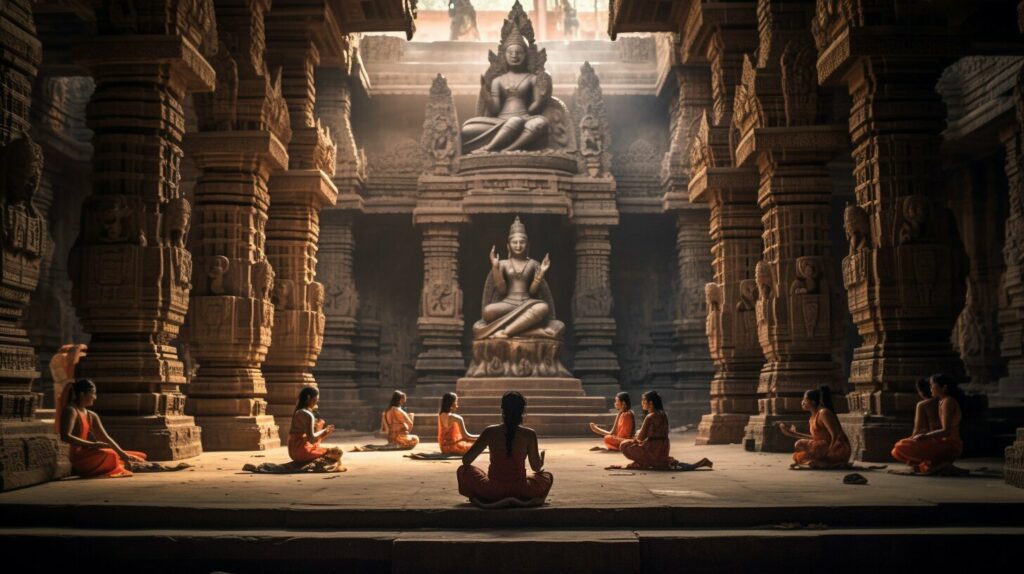
Key Milestones in the Development of Iyenger Yoga
| Year | Event |
|---|---|
| 1954 | Iyenger opens his first yoga studio in Pune, India. |
| 1966 | The book Light on Yoga is published, which becomes a seminal text on yoga practice. |
| 1975 | The Ramamani Iyenger Memorial Yoga Institute is established in Pune, which becomes the headquarters for Iyenger Yoga. |
| 1984 | The first International Iyenger Yoga Convention is held in the United States. |
| 2014 | B.K.S. Iyenger passes away at the age of 95, leaving behind a legacy of dedicated practice and teaching. |
Over the years, Iyenger Yoga has gained popularity around the world, with many dedicated practitioners and teachers spreading its teachings and philosophy. Today, it is recognized as one of the most widely practiced yoga styles in the world, known for its precision, attention to detail, and ability to promote physical and mental well-being.
Principles and Philosophy of Iyenger Yoga
At the heart of Iyenger Yoga lies a set of principles and a unique philosophy that underpins its practice. Founded by B.K.S. Iyenger, this yoga style emphasizes precision, alignment, and the use of props to achieve optimal postural balance and support the body.
The key principles of Iyenger Yoga include attention to detail, sequencing, and timing, with a focus on the physical, mental, and spiritual aspects of the practice. Through the use of props such as blocks, belts, and blankets, practitioners are supported in achieving proper alignment and exploring the full potential of each pose.
“It is through the alignment of the body that I discovered the alignment of my mind, self, and intelligence.” – B.K.S. Iyenger
The philosophy of Iyenger Yoga is grounded in the belief that the body, mind, and spirit are interconnected and must be addressed holistically in order to achieve overall well-being. By cultivating self-awareness and attention to the present moment, practitioners can increase their overall quality of life and develop a deeper connection to themselves and the world around them.
Iyenger Yoga also places a strong emphasis on the therapeutic benefits of yoga, with a focus on rehabilitating injuries, reducing stress, and promoting relaxation. By providing a structured and supportive environment, this style of yoga allows practitioners of all levels to build strength, flexibility, and balance in a safe and effective manner.
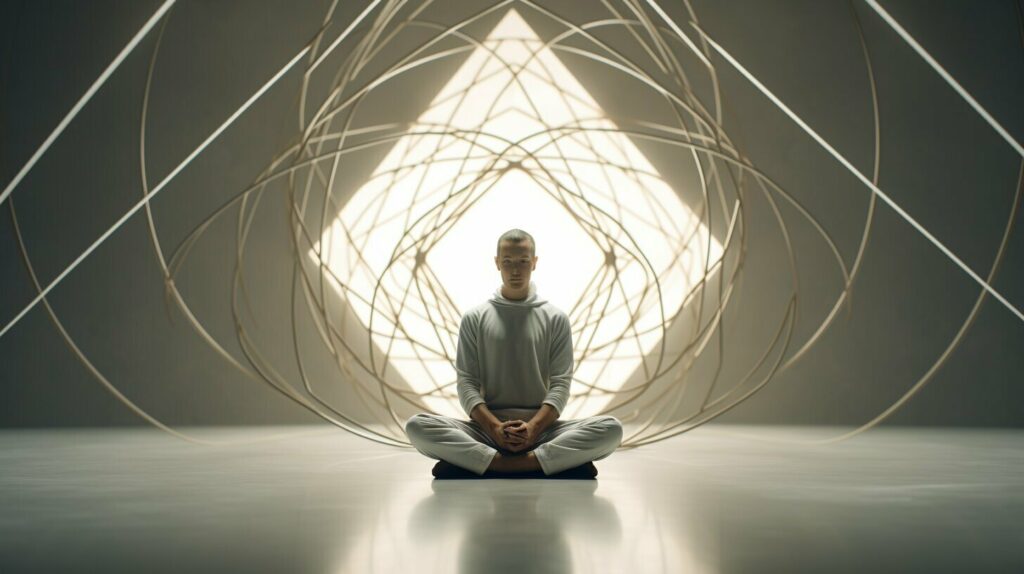
Overall, the principles and philosophy of Iyenger Yoga make it a unique and rewarding practice for those seeking to deepen their understanding of yoga and improve their physical and mental well-being. By emphasizing precision, alignment, and the use of props, this style provides a solid foundation for practitioners to explore the body, mind, and spirit in a nurturing and supportive environment.
Iyenger Yoga Techniques and Alignment
One of the distinguishing features of Iyenger Yoga is its emphasis on alignment and precision. To achieve proper alignment, practitioners use various techniques that include the use of props and attention to detail.
Alignment in Iyenger Yoga refers to the correct positioning of the body in each pose, allowing for optimal energy flow and maximum benefits. This is achieved through the practice of asanas, or postures, which are held for longer durations to develop awareness and stability.
Iyenger Yoga techniques also include the use of props such as blocks, blankets, and straps. These props help practitioners deepen their practice and access postures that may be challenging due to physical limitations. For example, using a block in Trikonasana (triangle pose) can provide support to the lower hand and allow for a deeper stretch in the side body.
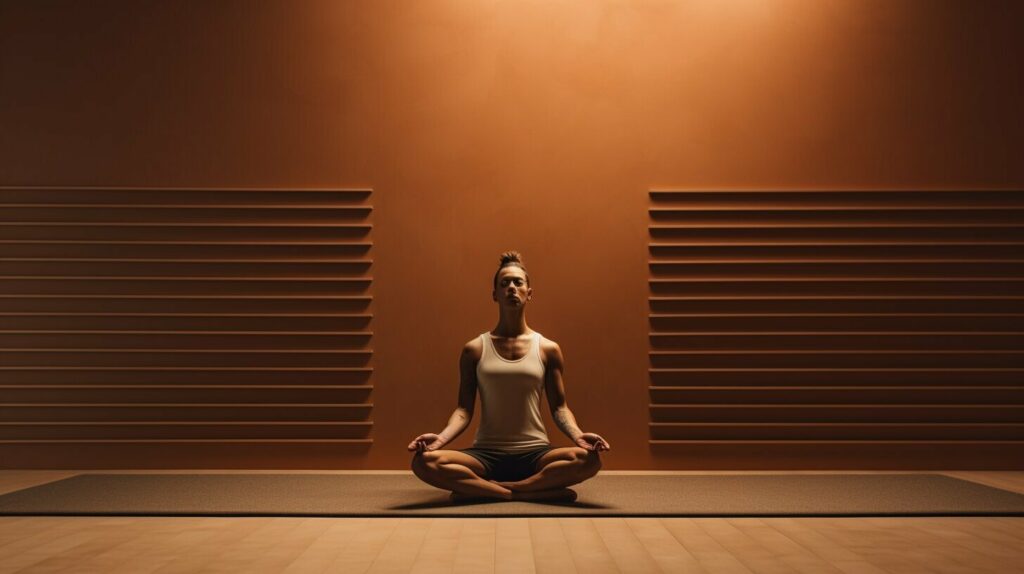
Moreover, Iyenger Yoga techniques are designed to improve overall body awareness and reduce the risk of injury. Attention to detail is essential in the practice, as practitioners learn to refine their movements and develop a greater understanding of their bodies. This level of awareness allows practitioners to identify areas of tension or weakness and work towards greater balance and alignment.
Iyenger Yoga Techniques and Alignment Table
| Technique | Description |
|---|---|
| Use of props | Blocks, blankets, straps, chairs, and other props are used to support the body and enable proper alignment in poses |
| Attention to detail | Practitioners focus on refining their movements and postures to achieve optimal alignment and reduce the risk of injury |
| Longer holds | Poses are held for longer durations to develop awareness and stability in the body |
Overall, Iyenger Yoga techniques and alignment principles provide practitioners with a safe and effective approach to yoga that can benefit not only their physical well-being but also their mental and emotional health.
Iyenger Yoga Poses and Sequences
Iyenger Yoga is characterized by its emphasis on precision and alignment, which is reflected in the variety of poses and sequences practiced. From foundational standing poses to more advanced inversions, backbends, and twists, the Iyenger Yoga repertoire offers a challenging and diverse range of postures.
The use of props, such as blocks, straps, and blankets, is also a defining feature of Iyenger Yoga. Props assist practitioners in achieving proper alignment, deepening stretches, and increasing accessibility to particular poses. They can be especially helpful for those with injuries, limitations, or varying body types.
Below are a few examples of common Iyenger Yoga poses and sequences:
Standing Poses:
- Tadasana (Mountain Pose)
- Utthita Trikonasana (Extended Triangle Pose)
- Virabhadrasana I (Warrior I Pose)
- Virabhadrasana II (Warrior II Pose)
Inversions:
- Sirsasana (Headstand)
- Sarvangasana (Shoulderstand)
Backbends:
- Ustrasana (Camel Pose)
- Bhujangasana (Cobra Pose)
- Setu Bandha Sarvangasana (Bridge Pose)
Twists:
- Bharadvajasana (Bharadvaja’s Twist)
- Marichyasana III (Marichi’s Pose III)
- Ardha Matsyendrasana (Half Lord of the Fishes Pose)
Sequences in Iyenger Yoga are designed to create a balanced practice, integrating forward bends, backbends, inversions, twists, and standing poses. A typical class may include a warm-up, standing poses, seated poses, and an inversion or two, followed by relaxation and meditation.
It’s important to note that Iyenger Yoga is adaptable to different levels of practitioners, from beginners to advanced. Teachers may modify poses and use props to make the practice more accessible or challenging, depending on the student’s needs.
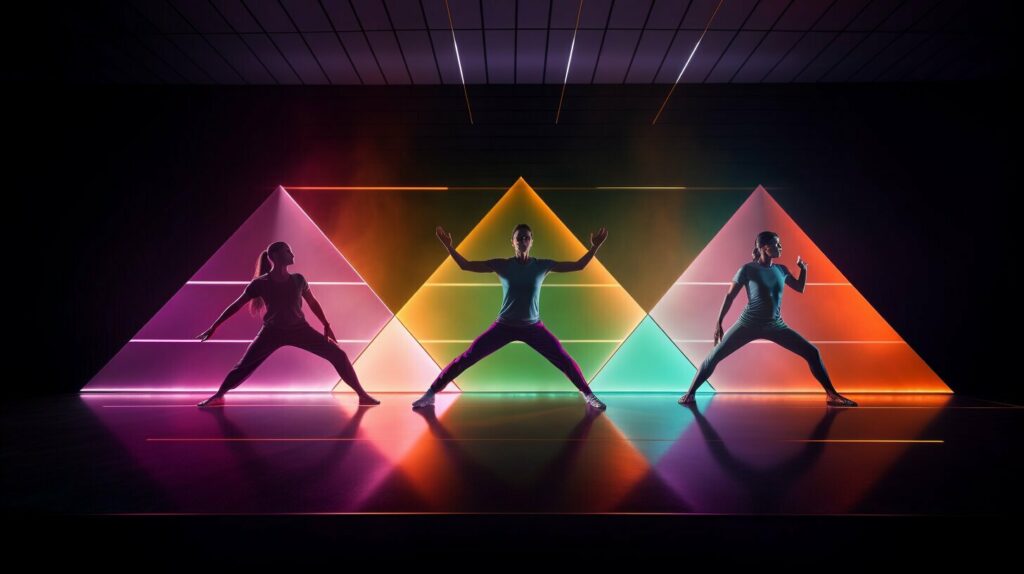
Benefits of Practicing Iyenger Yoga
Practicing Iyenger Yoga brings numerous benefits to both physical and mental well-being. In this section, we will explore some of the key advantages of this yoga style.
Improved Posture and Flexibility
One significant benefit of practicing Iyenger Yoga is improved posture and flexibility. The emphasis on alignment and precision in each pose helps practitioners achieve proper postural alignment, which can reduce the risk of injuries and chronic pain. The use of props to support and deepen the stretches can also aid in increasing flexibility over time.
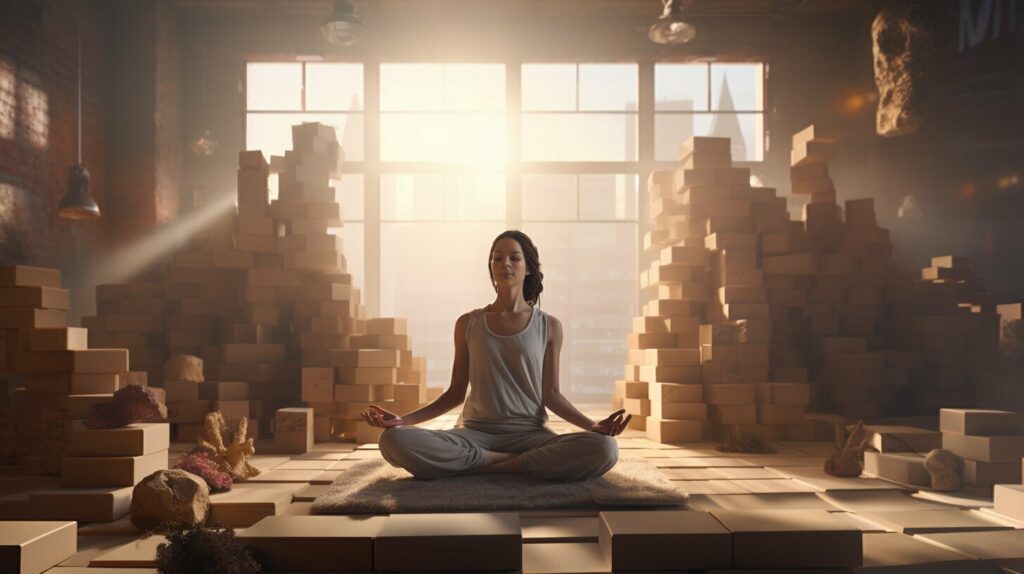
Increased Body Awareness and Stability
Iyenger Yoga requires practitioners to pay close attention to their body and breath, which helps to build body awareness and stability. The focus on each movement and pose helps to develop proprioception, the ability to sense the body’s position and movement in space, which can improve balance, coordination, and overall body control.
Enhanced Overall Fitness
Practicing Iyenger Yoga can also enhance overall fitness by building muscle strength, stamina, and cardiovascular health. As sequences are designed to challenge the body in a variety of ways, practitioners can experience a complete workout that leaves them feeling energized and refreshed.
Stress Reduction and Mental Clarity
Iyenger Yoga can also be a powerful tool for stress reduction and mental clarity. The focus on breathing, mindfulness, and relaxation techniques calms the nervous system and promotes a sense of inner peace. Practitioners can also experience a clearer mind and greater mental clarity, making it an effective practice for managing stress and anxiety.
Accessibility for All Levels and Abilities
Iyenger Yoga is also accessible for practitioners of all levels and abilities, making it an inclusive practice. The use of props enables practitioners to modify poses according to their comfort level, allowing them to progress at their own pace and avoid potential injuries.
Beginners can also benefit from the foundational poses and techniques taught in Iyenger Yoga classes, providing a solid foundation for further practice.
Overall, the benefits of practicing Iyenger Yoga are vast and varied, making it a fantastic choice for those looking for a holistic and transformative approach to their yoga practice.
Iyenger Yoga Props
Props are integral to the practice of Iyenger Yoga. They assist practitioners in maintaining proper alignment, enhance accessibility, and deepen their practice. The use of props in Iyenger Yoga differentiates it from other yoga styles, making it accessible to individuals of all ages and abilities.
There are several props commonly used in Iyenger Yoga:
| Prop | Description |
|---|---|
| Blocks | Blocks are typically made of foam or cork and are used to provide support and stability during poses. They can be placed under the hands, feet, or hips to provide height and assist with alignment. |
| Belts | Belts are used to extend the reach of the arms in poses where the hands cannot reach the feet. They can also be used to provide gentle traction and assist in maintaining proper alignment. |
| Blankets | Blankets can be used to provide cushioning and support for various poses, particularly those that require kneeling or sitting. They can also be used to provide warmth during relaxation poses. |
| Chairs | Chairs are used to assist with balance and stability during standing poses. They can also be used to modify poses for individuals with physical limitations or injuries. |
The use of props in Iyenger Yoga is not a crutch; it is a tool that allows practitioners to achieve optimal alignment and enhance their practice. By using props, practitioners can deepen their understanding of each pose and experience the benefits with greater ease.
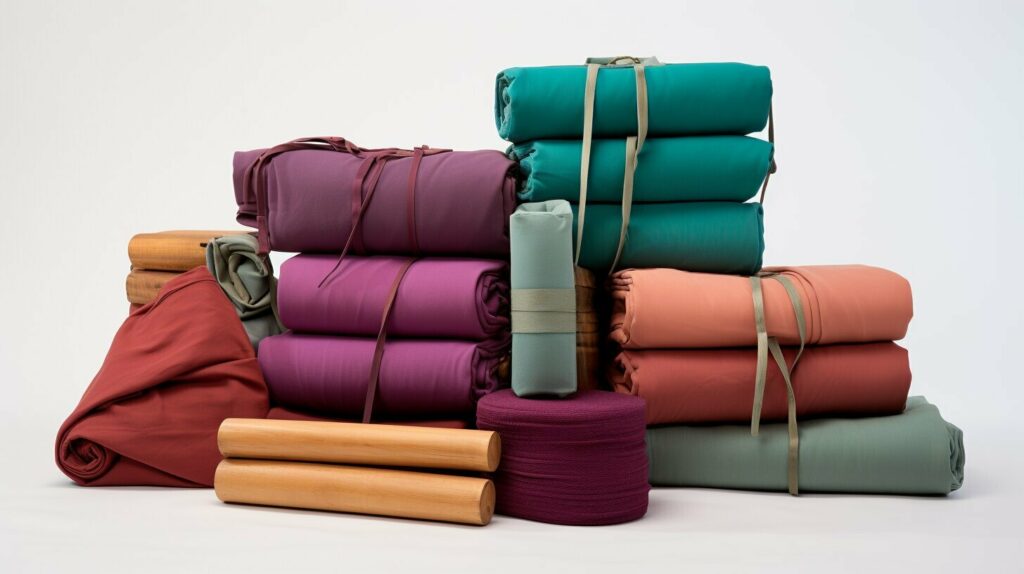
Whether you are new to yoga or a seasoned practitioner, incorporating props into your Iyenger Yoga practice can enhance your experience and support your development.
Iyenger Yoga for Beginners
If you’re new to Iyenger Yoga, there’s no need to feel intimidated. Iyenger Yoga classes are designed to cater to beginners and provide a supportive environment for learning and practicing the style.
During your first class, you can expect to learn foundational poses and techniques, such as Tadasana (Mountain Pose) and Adho Mukha Svanasana (Downward-Facing Dog), which are essential building blocks for more advanced poses.
The emphasis on alignment and precision, combined with the use of props, makes Iyenger Yoga accessible to students of all abilities. Props such as blocks, straps, and blankets are used to assist practitioners in maintaining proper alignment and enhancing their practice.
As a beginner, it’s important to find a qualified Iyenger Yoga teacher who can guide you through the practice and help you build a solid foundation. Look for classes labeled specifically as “Iyenger Yoga for beginners” or ask the studio if they offer beginner-friendly classes.
Attending regular classes can help you develop strength, flexibility, and body awareness. It’s important to be patient and persistent, as progress may not happen overnight. But with consistent practice, you’ll soon discover the many benefits that Iyenger Yoga has to offer.
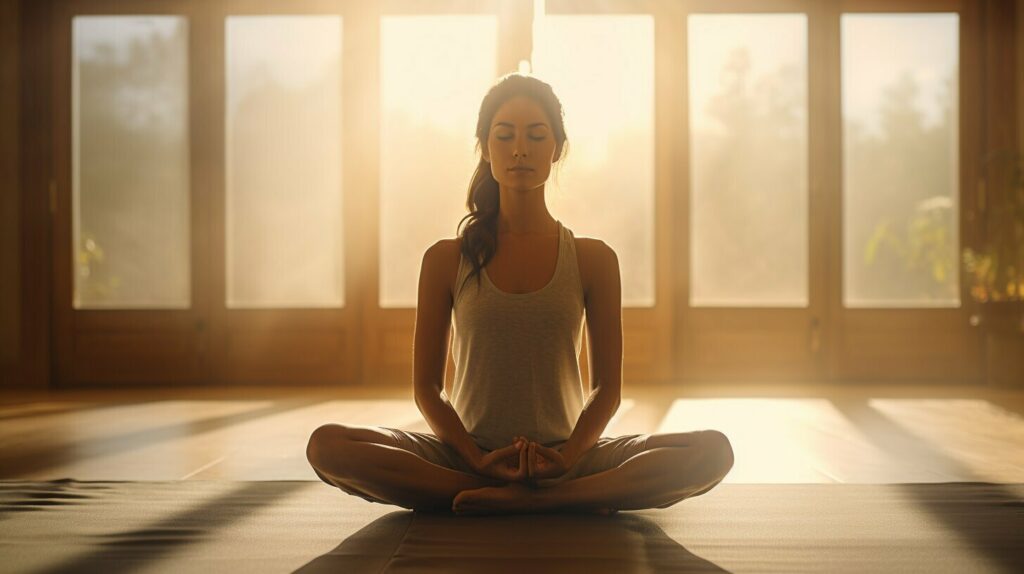
“Yoga is not about touching your toes, it’s about what you learn on the way down.” -Jigar Gor
Famous Practitioners of Iyenger Yoga
Over the years, many practitioners of the Iyenger Yoga style have become widely recognized for their exceptional skills, contributions, and influence in the field of yoga. Here are just a few of the most famous practitioners of Iyenger Yoga:
| Name | Contribution to Iyenger Yoga |
|---|---|
| B.K.S. Iyengar | The founder of Iyenger Yoga, whose teachings and writings have made a significant impact on the broader yoga community. |
| Geeta Iyengar | The daughter of B.K.S. Iyengar and a renowned yoga teacher in her own right, who has helped advance the practice of Iyenger Yoga through her teachings and extensive writings. |
| Manouso Manos | An esteemed yoga teacher who has made a significant contribution to the development and popularization of Iyenger Yoga in the United States. |
| Patricia Walden | A senior Iyenger Yoga teacher who has taught extensively around the world and published several books on the practice. |
These and other gifted practitioners have played a key role in shaping and promoting the Iyenger Yoga style, sharing their knowledge and expertise with countless students and yoga enthusiasts worldwide. Their legacy lives on in the countless individuals whose lives have been transformed by the practice of Iyenger Yoga.
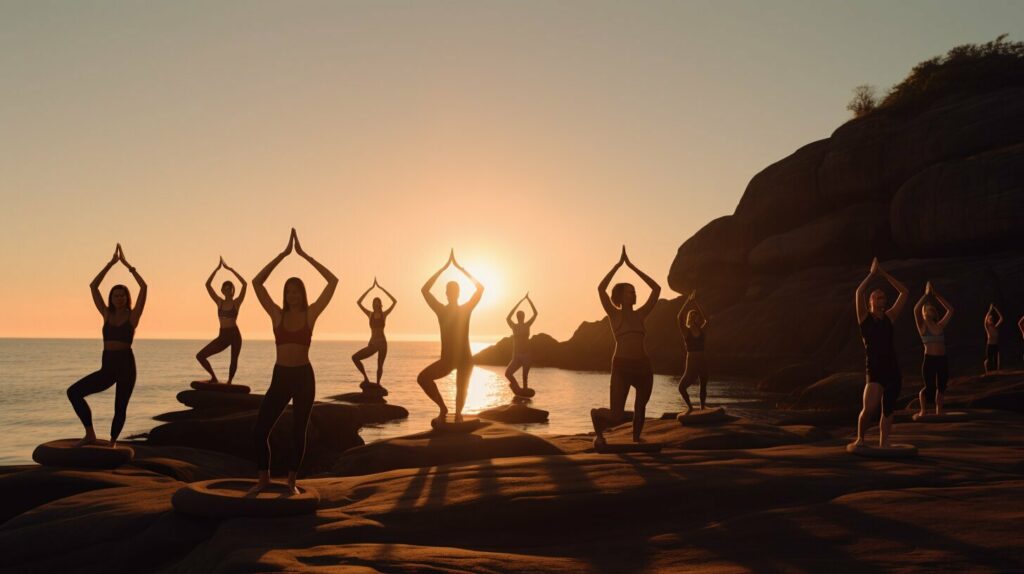
Iyenger Yoga Teacher Training
For those who wish to become certified Iyenger Yoga teachers, a rigorous and comprehensive training program is required. The certification process is overseen by the B.K.S. Iyenger Yoga National Association of the United States (IYNAUS) and involves a minimum of three years of training under a certified Iyenger Yoga teacher.
The training program includes in-depth study of the principles and philosophy of Iyenger Yoga, as well as practical instruction in techniques, alignment, and sequencing. Trainees are required to attend weekly classes with a certified teacher, as well as participate in workshops and intensives to deepen their knowledge and skills.
Assessment for certification involves a practical examination, which includes the demonstration of a range of poses and sequences, as well as a written test covering the theory and philosophy of Iyenger Yoga. The certification process requires a significant commitment of time and effort, and only those who demonstrate a thorough understanding and mastery of the practice are awarded certification.
Once certified, Iyenger Yoga teachers are encouraged to continue their professional development through ongoing training and participation in workshops and intensives. The IYNAUS also provides opportunities for teachers to advance their skills and knowledge through advanced teacher training programs and mentorship.
Becoming a certified Iyenger Yoga teacher is a highly respected achievement within the yoga community. It reflects a deep commitment to the practice and mastery of the principles and techniques of this transformative style.
Benefits of Iyenger Yoga Teacher Training
For those who are passionate about the practice of Iyenger Yoga, becoming a certified teacher offers many benefits. These include:
- Deepening one’s own practice and understanding of the principles and philosophy of Iyenger Yoga
- Sharing the benefits of the practice with others and making a positive impact on their lives
- Enhancing one’s own teaching skills and ability to communicate the practice effectively to students
- Joining a community of like-minded individuals who are passionate about the practice of Iyenger Yoga
With its emphasis on precision, alignment, and attention to detail, the practice of Iyenger Yoga offers a unique and transformative experience for both practitioners and teachers alike.
Alternatives to Lyenger Yoga?
If you feel that this particular lyengar yoga style may not align with your current stage in your yoga journey, allow me to introduce you to some alternative yoga styles that I believe will better suit your yoga goals. I encourage you to explore them – they might be just what you’re looking for!
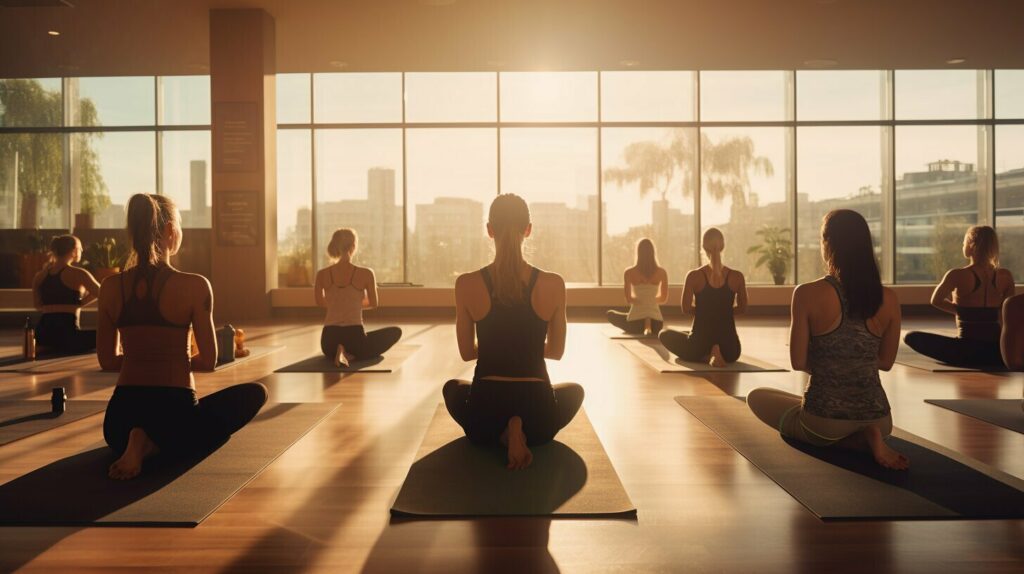
Conclusion
In conclusion, we hope that this article has helped to provide a comprehensive overview of the Iyenger Yoga style, including its history, principles, techniques, benefits, and more. We have explored the unique characteristics of this style, including its emphasis on alignment, precision, and the use of props to support practitioners in achieving optimal postural alignment and balance.
Iyenger Yoga offers a holistic approach that integrates physical, mental, and spiritual aspects, enabling practitioners to cultivate greater awareness and inner peace. The practice helps to improve posture, flexibility, and strength, as well as promoting stress reduction, relaxation, and overall well-being.
Closing Thoughts on Iyenger Yoga
Whether you are new to yoga or a seasoned practitioner, exploring the Iyenger Yoga style can deepen your understanding and enhance your overall well-being. The style is suitable for a wide range of ages and abilities, and classes are available around the world. With its focus on alignment and attention to detail, Iyenger Yoga offers a unique and rewarding experience that can enrich your life in countless ways.
Thank you for reading this article on Iyenger Yoga, and we hope that it has been informative and inspiring. To learn more or find a class near you, please consult with your local yoga studio or search online for resources.
FAQ
What is the Iyenger Yoga Style?
The Iyenger Yoga style is a yoga practice that focuses on alignment and precision in each posture. It involves the use of props such as blocks, belts, and blankets to support practitioners in achieving proper alignment. This style emphasizes attention to detail and offers a holistic approach that integrates physical, mental, and spiritual aspects.
What is the history of Iyenger Yoga?
Iyenger Yoga was founded by B.K.S. Iyenger in the 20th century. He developed this yoga style based on his own experiences and experiments with various yoga practices. Over the years, Iyenger Yoga has gained recognition and popularity worldwide due to its emphasis on alignment, precision, and the use of props.
What are the principles and philosophy of Iyenger Yoga?
The principles of Iyenger Yoga revolve around alignment, precision, and the use of props to support practitioners in achieving optimal postural alignment and balance. The philosophy of Iyenger Yoga integrates physical, mental, and spiritual aspects, emphasizing the holistic development of a practitioner.
What are the techniques and alignment principles in Iyenger Yoga?
In Iyenger Yoga, techniques focus on achieving proper alignment in each pose. The use of props, such as blocks, straps, and blankets, assists in maintaining alignment and enhancing the benefits of each posture. Attention to detail and precision are key elements of practicing Iyenger Yoga.
What are some popular Iyenger Yoga poses and sequences?
Iyenger Yoga incorporates a wide range of poses and sequences, from basic standing poses to advanced inversions and backbends. These postures are designed to build strength, flexibility, and balance. Sequences are carefully constructed to create a comprehensive and well-rounded practice.
What are the benefits of practicing Iyenger Yoga?
Practicing Iyenger Yoga offers numerous benefits, including improved posture, increased flexibility, enhanced body awareness, and stability. It can also contribute to overall fitness and help reduce stress. Iyenger Yoga is known for its transformative effects on both physical and mental well-being.
How are props used in Iyenger Yoga?
Props such as blocks, belts, and chairs are used in Iyenger Yoga to assist practitioners in maintaining proper alignment, enhancing accessibility, and deepening their practice. Props make the practice adaptable to different body types and abilities, ensuring that practitioners can safely and effectively perform each pose.
Is Iyenger Yoga suitable for beginners?
Absolutely! Iyenger Yoga classes cater to beginners and provide a supportive environment for learning and practicing the style. Beginners are introduced to foundational poses and techniques that gradually build strength, flexibility, and understanding of the practice.
Who are some famous practitioners of Iyenger Yoga?
There have been many influential practitioners who have significantly contributed to the growth and popularity of Iyenger Yoga. B.K.S. Iyenger, the founder of this style, is renowned worldwide. Other notable practitioners include Geeta Iyengar and Abhijata Sridhar Iyengar, who have made significant contributions through their teachings, writings, and demonstrations.
Are there Iyenger Yoga teacher training programs available?
Yes, there are teacher training programs specifically designed for aspiring Iyenger Yoga instructors. These programs require rigorous training and certification processes to ensure that instructors are equipped with the necessary skills and knowledge. Ongoing professional development opportunities are also available for instructors to enhance their teaching abilities.
What is the conclusion of Iyenger Yoga Style?
In conclusion, Iyenger Yoga offers a unique and transformative approach to the practice of yoga. Its emphasis on alignment, precision, and the use of props provides practitioners with a holistic and enriching experience. Whether you are new to yoga or an experienced practitioner, exploring the Iyenger Yoga style can deepen your understanding and enhance your overall well-being.
Joanne Lipston is a certified Yin Yoga teacher in United States, passionate about the transformative power of this practice. With a dedication to promoting strength, flexibility, and mindfulness, Joanne creates an energetic and supportive environment in her classes.
